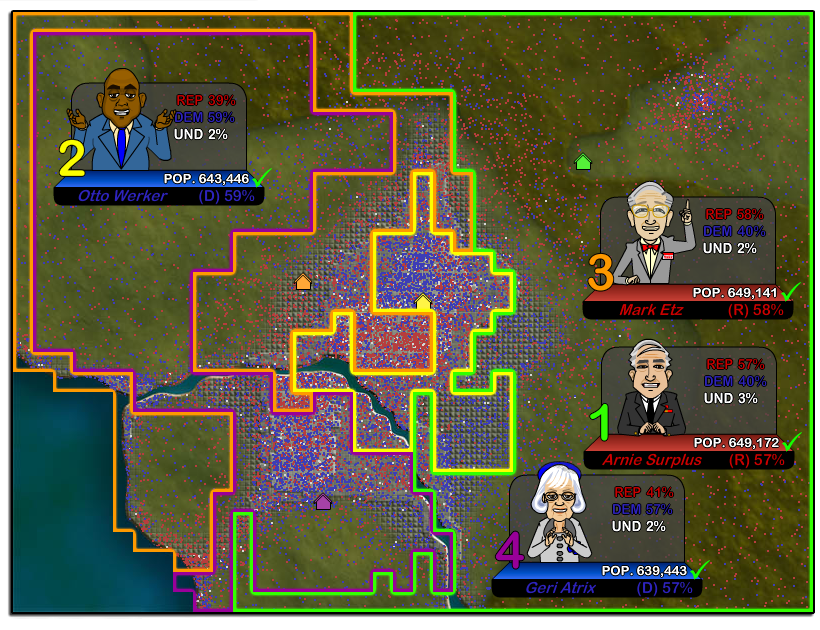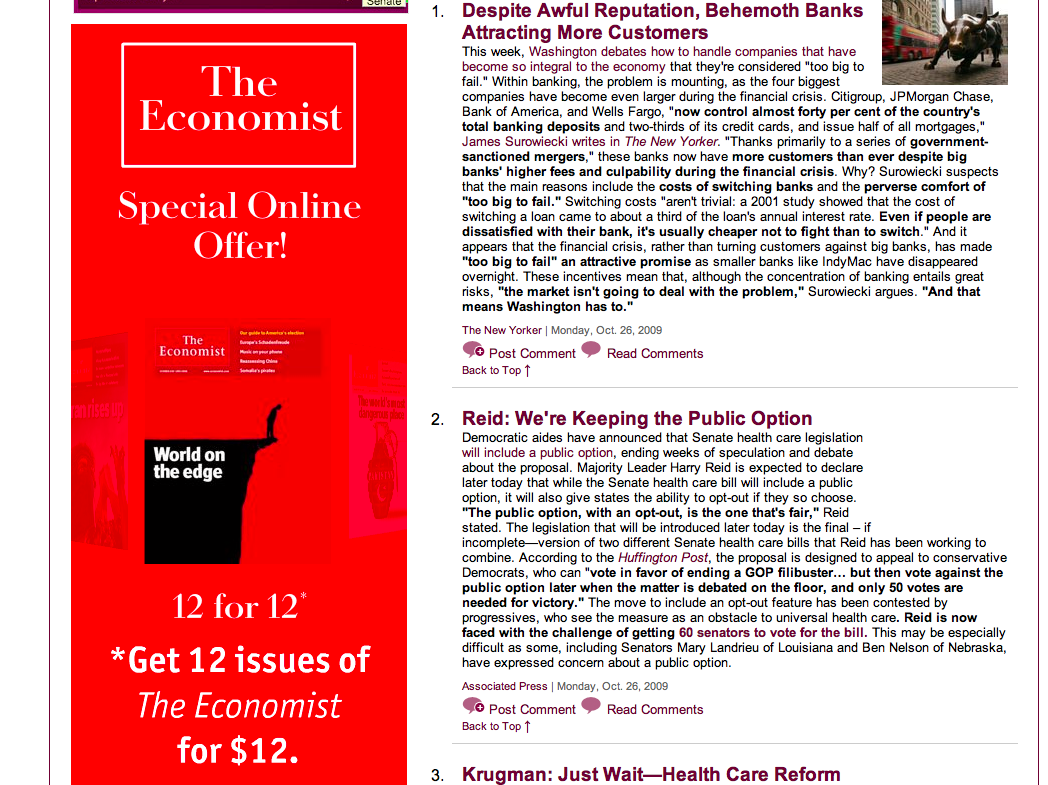UPDATED
Twenty years ago, on March 3 1991, a media shock wave hit Los Angeles and the nation: the Rodney King video. As a bystander captured the incident with his home video camera, several LA police officers beat King repeatedly while other officers stood by and watched.

The video, or more accurately its broadcast across America, set in motion consequences that have reverberated through the years since the beating. Among them: the Los Angeles riots, after the acquittal of police charged with assault, and the poisonous relations between LA police and many of the city’s citizens.
Another impact, of course, was the recognition — which grows more and more prevalent — that anyone with a video camera could become more than a witness to the events of our times. The camera-bearing citizen, in this case a man named George Holliday, was becoming an integral part of how we remember these events.

Holliday’s act was one of citizen journalism. It wasn’t the first, however, even though it was a milestone.
Indeed, people have been witnessing and taking pictures of notable events for a long, long time. Consider the picture at the right. It shows a man being rescued from a truck that dangled over the side of a bridge. It was taken by Virginia Schau, an amateur photographer who happened on the scene after the accident. She won the 1954 Pulitzer Prize for spot news photography.

Less than a decade later, an old-fashioned movie camera captured the most famous pictures in the citizen-media genre: the assassination of President John F. Kennedy in Dallas, Texas on November 22, 1963. Abraham Zapruder, the man pointing the camera that day in Dealey Plaza, sold the film to Life Magazine for $150,000— over a million dollars in today’s currency.
In Dealey Plaza that day, one man happened to capture a motion picture—somewhat blurred but utterly gruesome nonetheless—of those terrible events. Zapruder’s work, by any standard we can imagine, was an act of citizen journalism.
But the Rodney King video was a turning point. By 1991, home video gear was becoming common, heading toward today’s near-ubiquity. When people saw that video, they realized a number of things, not least of which was the possibility that average citizens could hold powerful people — the police in this instance — somewhat more accountable for wrongdoing they committed in public places. Witnessing was being transformed into action, we all understood.

Today, many of us carry around still and video cameras that are part of our phones. In the U.S. and around the world, people are capturing events, routine and horrific, that mark our times. The mobile-phone video of Neda Soltani’s death by gunshot in the aftermath of Iran’s rigged 2009 election became a rallying point for opposition to the regime.
In recent days, the grim videos and photos coming out of Libya have been testament to people’s desire to bear witness to cruelty and oppression. Around the world, dictators have learned that even if they kill their people they can’t ultimately stop the world from seeing what crimes they commit. Yes, they can use technology to stifle freedom, and they do. But media from average people can make a real difference, too, and it does again and again.
Imagine where we will be a decade from now in a technological sense, and then let’s return briefly to November 22, 1963. Dozens or hundreds of people in Dealey Plaza would have been capturing high-definition videos of the Kennedy assassination, most likely via their camera-equipped mobile phones as well as single-purpose digital cameras and video recorders. They’d have been capturing those images from multiple perspectives. And—this is key—all of those devices would have been attached to digital networks.
If the soon-to-be-ubiquitous technology had been in use back in 1963, several things are clear. One is that videos of this event would have been posted online almost instantly. Professional news organizations, which would also have had their own videos, would have been competing with a blizzard of other material almost from the start—and given traditional media’s usually appropriate reluctance to broadcast the most gruesome images (e.g., the beheading of the American businessman Nick Berg in Iraq), the online accounts might well have been a primary source.
And think about this: We’d also soon have a three-dimensional hologram of the event, given the number of cameras capturing it from various angles. Which means we’d probably know for sure whether someone was shooting at the president from that famous grassy knoll. In the future, government commissions will still issue official reports, but the documents will be created with much more input from citizens, who, because of digital media tools, are playing increasingly direct roles in governance as well as elections. The prospect of actually making policy, or at least having an impact on it, can offer a serious incentive to be a citizen journalist.
Another famous picture of our times is the single image that we will most remember from the July 2005 bombings in London. It was taken by Adam Stacey inside the Underground (London’s subway), as he and others escaped from a smoky train immediately after one of the bombs exploded. The production values of the image were hardly professional, but that didn’t matter. What did matter was the utter authenticity of the image, made so by the fact that the man was there at the right time with the right media-creation gear.
Stacey’s picture, like the other material I’ve highlighted here, made its way to wide viewership largely because traditional media organizations gave it a push. That will be less and less necessary as social media become the news-access tools of choice for a new generation that consumes, produces and shares news in varying ways. Big media will always have a role, an important one for some time to come, but it’s no longer clear that they’ll be as overwhelmingly essential even in the “distribution” arena.
The era of ubiquitous media creation tools has been dawning for some time. It is almost here now. It will bring some alarming consequences, notably a further erosion of personal privacy; for example, even if you don’t want the world to know that you were falling-down drunk at that party, there’s a growing chance that someone else who was there will post a picture of you in that condition on Facebook.
We will be better off, in the end, as more and more journalistic media creation of this sort becomes part of the mainstream. This isn’t good news for professional spot news photo and video journalists, who are much less likely to be at the scenes of newsworthy events than their “amateur” fellow citizens. But we will have more genuine media than before, as in the authenticity of the London image, and that is a good thing for us all.
UPDATE: In conversations with the Poynter Institute’s Steve Myers, who’s working on written a terrific piece of his own about the King video and its long-range impact, the subject of speed of publication/broadcast and compensation came up. I’ll point to his piece as soon as I see it, but meanwhile hHere are two Mediactive excerpts I sent him relating to these issues.
I also question the ethics of news organizations that assume, as many do, that the work of the citizen journalist is something the company should get for free. I’m highly skeptical of business models, typically conceived by Big Media companies, that tell the rest of us: “You do all the work, and we’ll take all the money we make by exploiting it.” This is not just unethical, it’s also unsustainable in the long run, because the people who give freely of their time won’t be satisfied to see mega-corporations rake in the financial value of what others have created.
Not every person who captures a newsworthy image or video necessarily wants to be paid. But many do, and right now, for the most part, their compensation is a pat on the back. Eventually, someone will come up with a robust business model that puts a welcome dent into this modern version of sharecropping.
Stacey’s picture in the London Underground was widely distributed—it was published on the front pages of many newspapers—in part because he put it out under a Creative Commons license allowing anyone the right to use it in any way provided that they attributed the picture to its creator. There were misunderstandings (including at least one use by a photo agency that apparently claimed at least partial credit for itself), but the copyright terms—I’ll explain Creative Commons more fully in the Epilogue—almost certainly helped spread it far and wide in a very short time.
Beyond licensing, we need new market systems to reward citizen photographers. Some startups are positioning themselves as brokers, including a service calledDemotix. As I’ll also discuss later, we need to take the next step to a real-time auction system.
A few news organizations have adapted, and are finding ways to reward citizen creators in tangible ways. Bild, the German tabloid, asks people to send in their own pictures, and pays for the ones it publishes. This is an important part of our future.
…
Just as some people gladly take the New York Times’s absurdly low pay when their freelance articles make it into the paper’s news and op-ed pages, some photographers gladly sell their work for peanuts to Time. They have their own reasons, which can range from getting valuable exposure—so they can (try to) charge more for subsequent work—to not needing the higher rates that staffers and more famous people can demand.
This gets trickier, it seems to me, when it comes to breaking news, where news organizations derive enormous benefits from having the right image or video at the right time, and too frequently get it for less than peanuts. Indeed, practically every news organization now invites its audience to submit pictures and videos, in return for which the submitters typically get zip.
Which is why we need a more robust marketplace than any I’ve seen so far—namely, a real-time auction system.
How would a real-time auction system work? The flow, I’d imagine, would go like this: Photographer captures breaking news event on video or audio, and posts the work to the auction site. Potential buyers, especially media companies, get to see watermarked thumbnails and then start bidding. A time limit is enforced in each case. The winning bid goes to the photographer, minus a cut to the auction service.
The premium, then, would be on timeliness and authenticity. One or two images/videos would be likely to command relatively high prices, and everything else would be worth considerably less.
Eventually, someone will do this kind of business—which could also be useful for eyewitness text accounts of events. For the sake of the citizen journalists who are not getting what they deserve for their work, I hope it’s sooner rather than later.
For print, an auction system is also needed, but the timeliness is less critical. A British startup is planning, as I write this, to launch a service called “Newsrupt,” aimed more at editors than reporters. I hope it’s the first of many such ventures.
(I initially wrote this piece, which is adapted in part from the Mediactive book, at the request of CNN.com. However, CNN declined my request to run it with a Creative Commons license, and since I’m not being paid for the effort I declined to let CNN use it in the first place. Note: I normally don’t care for anniversary journalism, but this felt like a worthwhile exception.)





